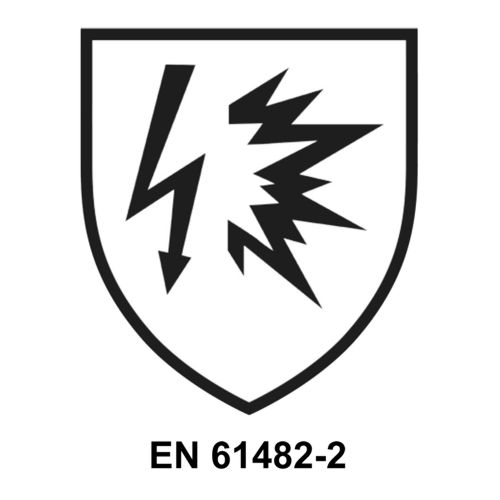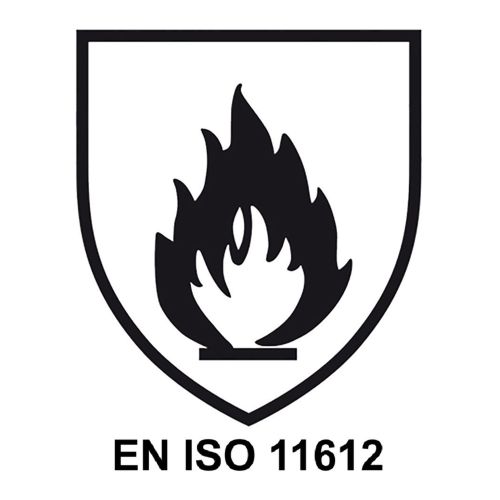
EN 343 - Protective clothing
Standard for wind and weather protection
The EN 343 standard is a European standard focussing on protective clothing against bad weather and precipitation. It specifies requirements and test methods for protective clothing to ensure that it protects wearers from the effects of rain, snow, fog and moisture.
The standard defines different performance levels that assess the water penetration resistance or waterproofness and water vapour transmission resistance or breathability of protective clothing. Compliance with this standard is crucial to ensure that protective clothing provides reliable protection in different weather conditions.
In this context, it is important to understand the requirements and classifications according to EN 343 to ensure the safety and comfort of people wearing weather protective clothing. You can find out more about this in the following explanations.
Click here to go directly to our waterproof protective clothing in accordance with EN 343.
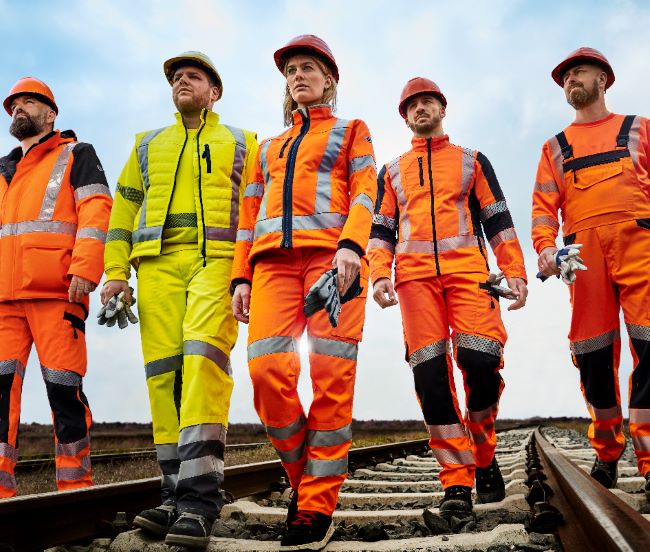
Work jackets according to EN 343
You will find a small selection of standard-compliant products according to DIN EN 343 here.
Fleece- and softshell jackets according to EN 343
You will find a small selection of standard-compliant products according to DIN EN 343 here.
Trousers according to EN 343
You will find a small selection of standard-compliant products according to DIN EN 343 here.

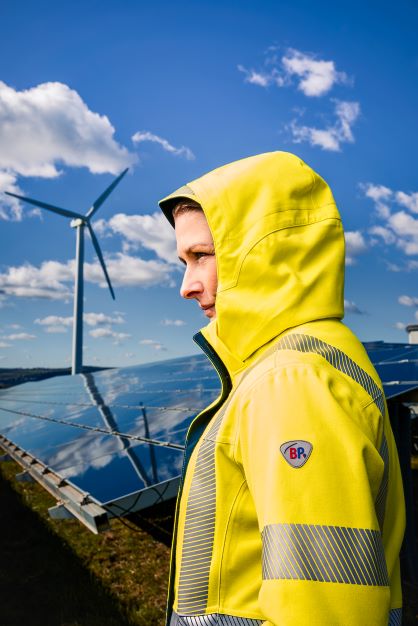






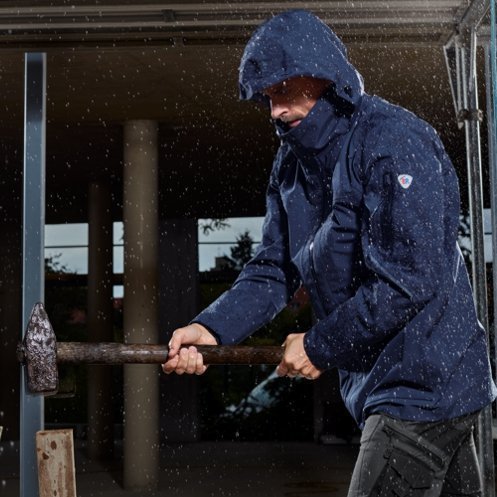
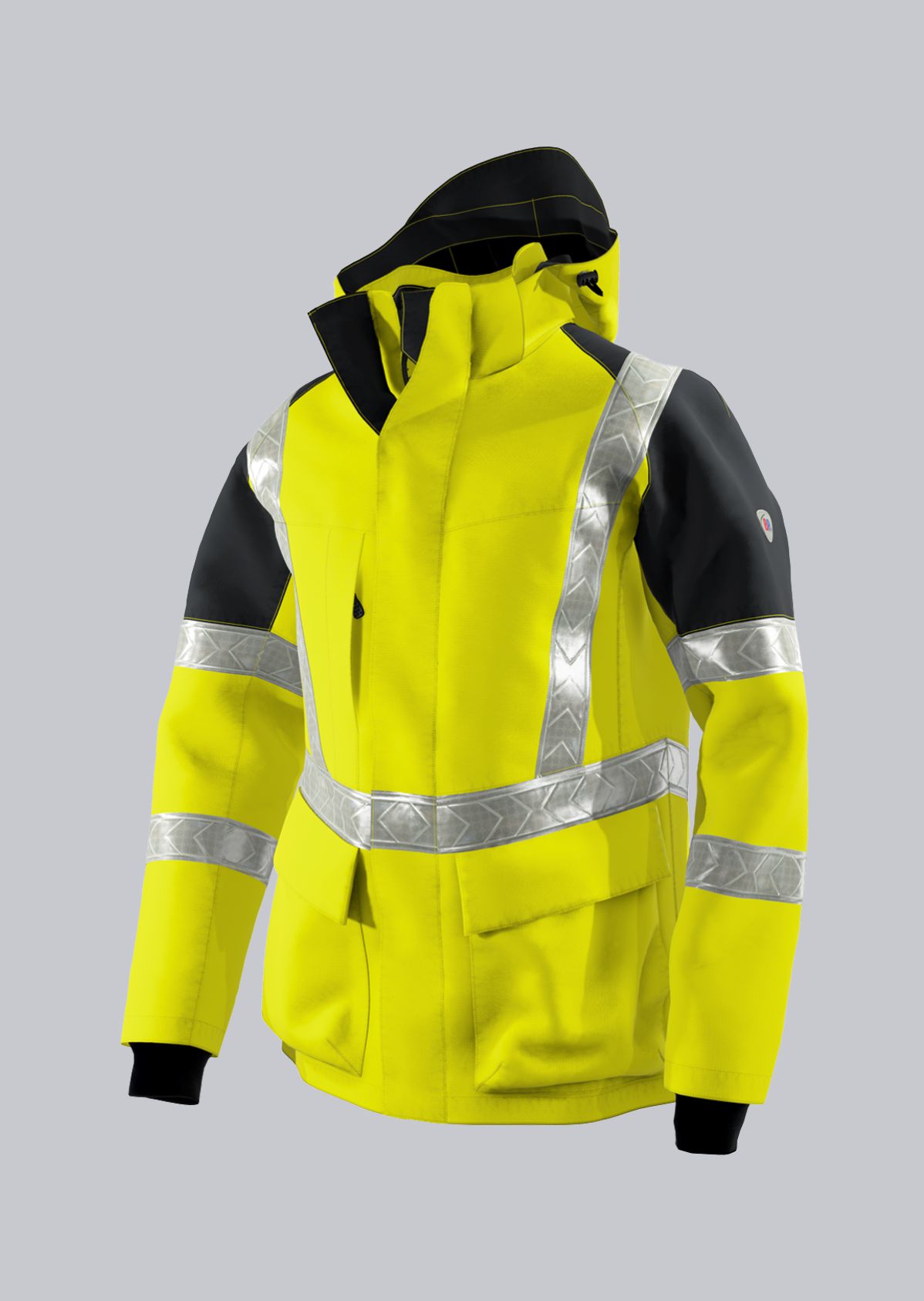
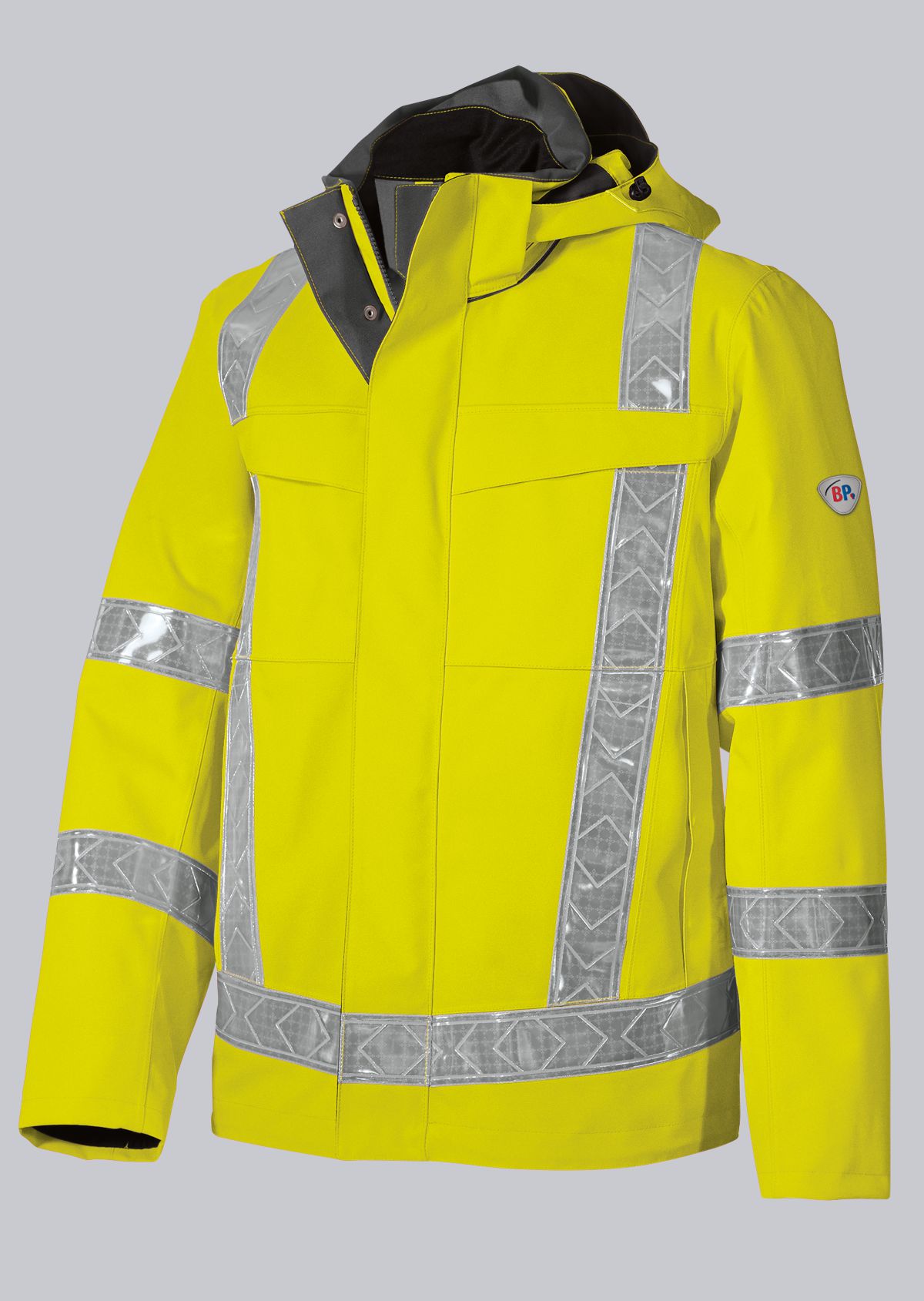
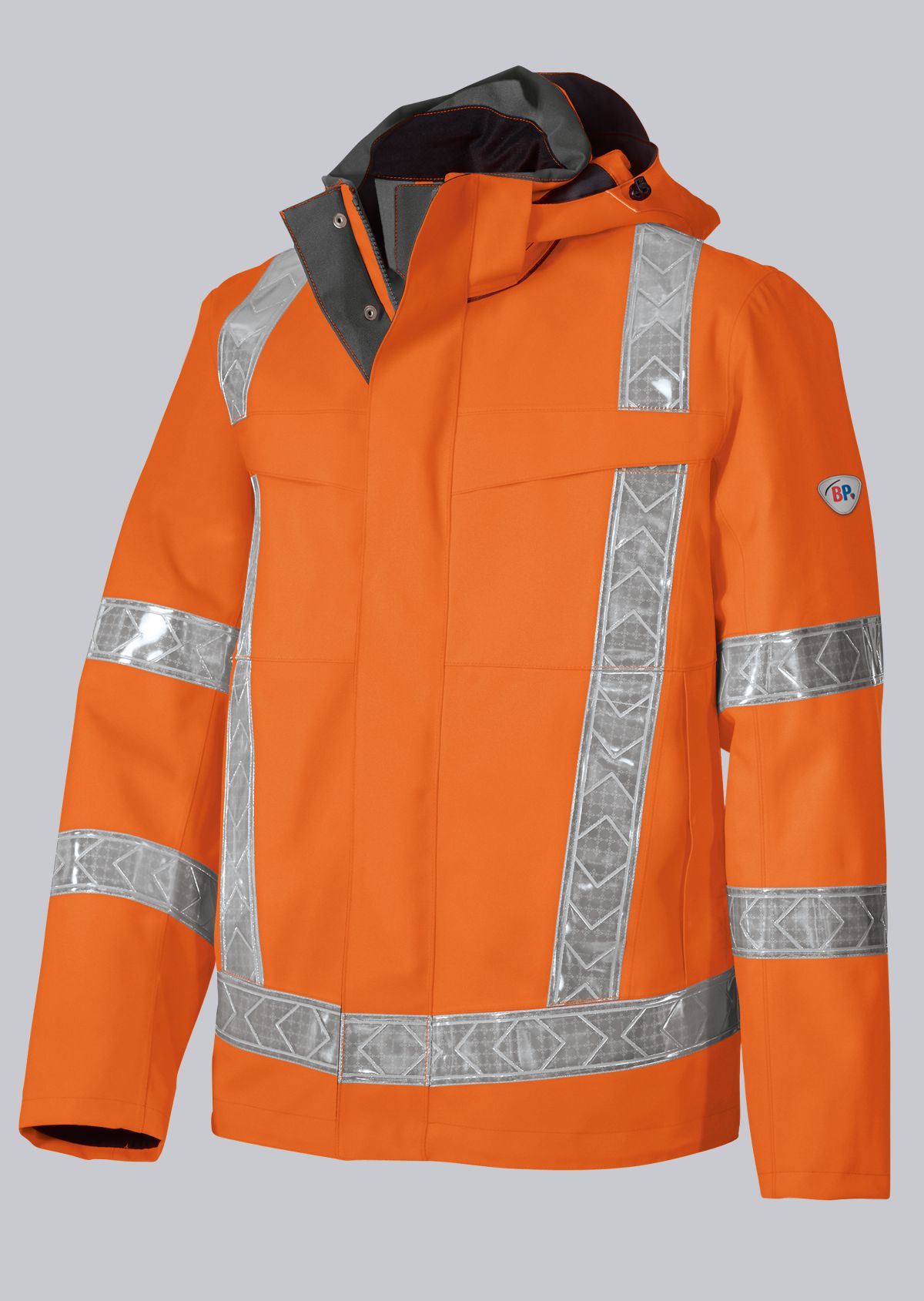
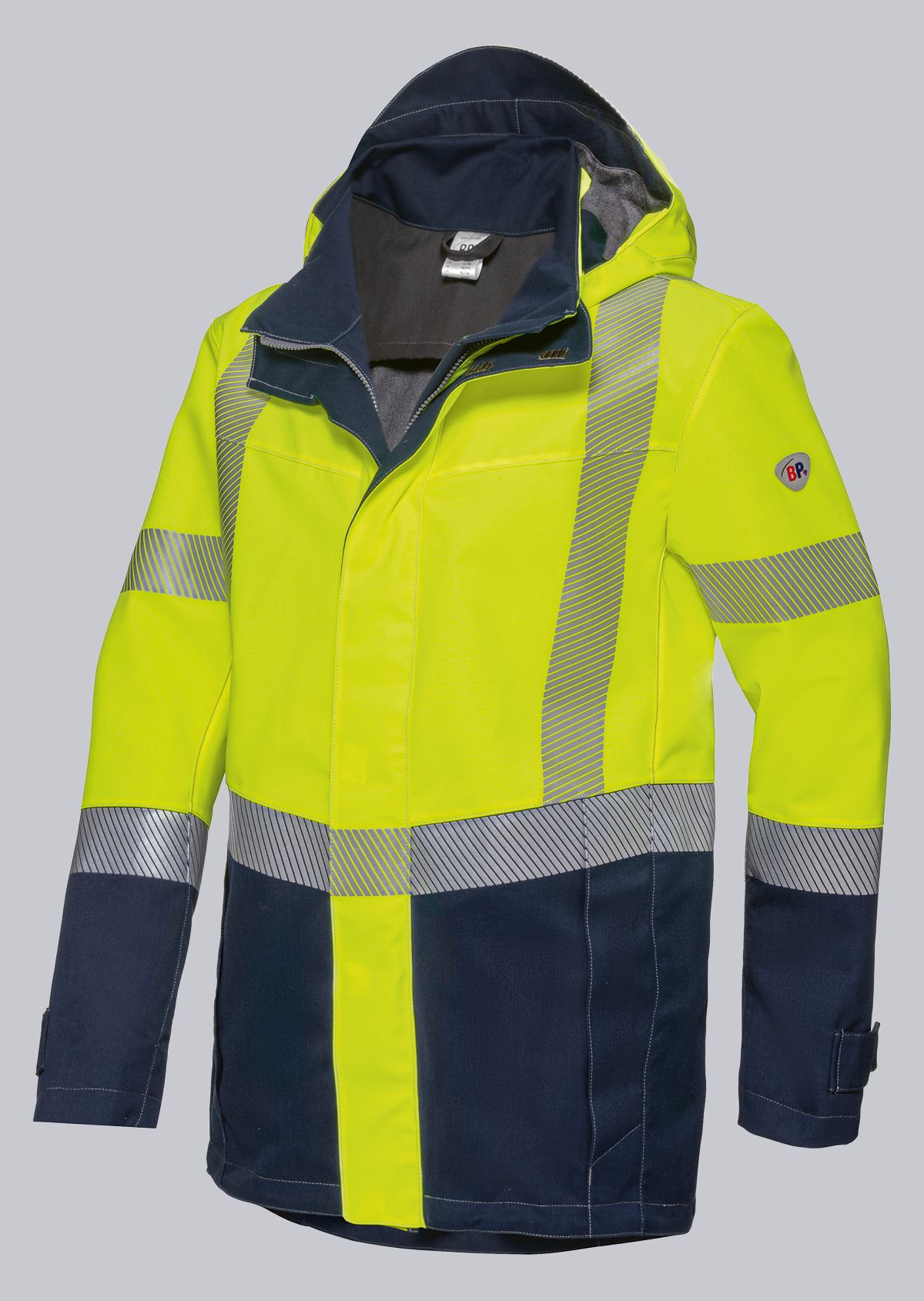
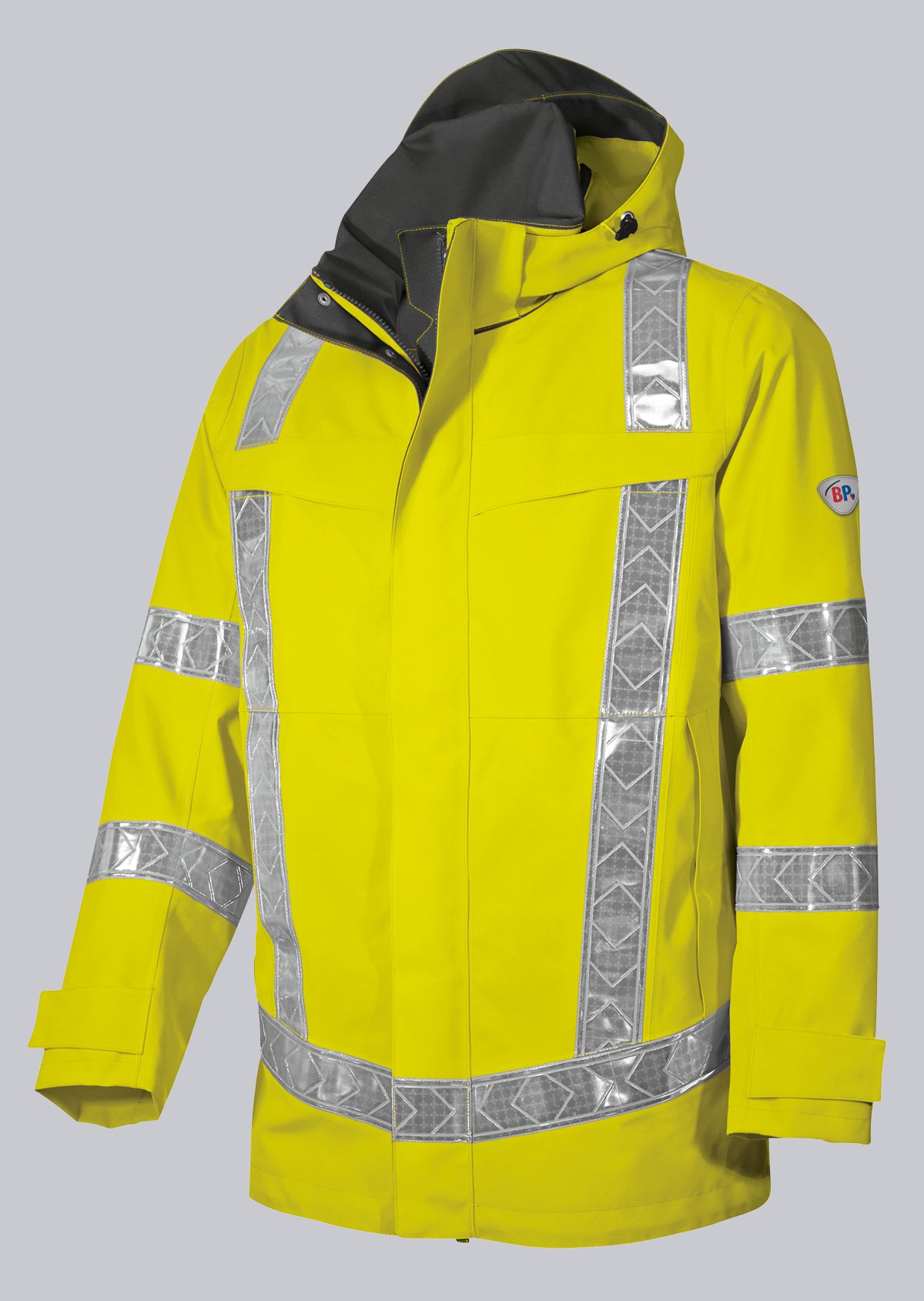
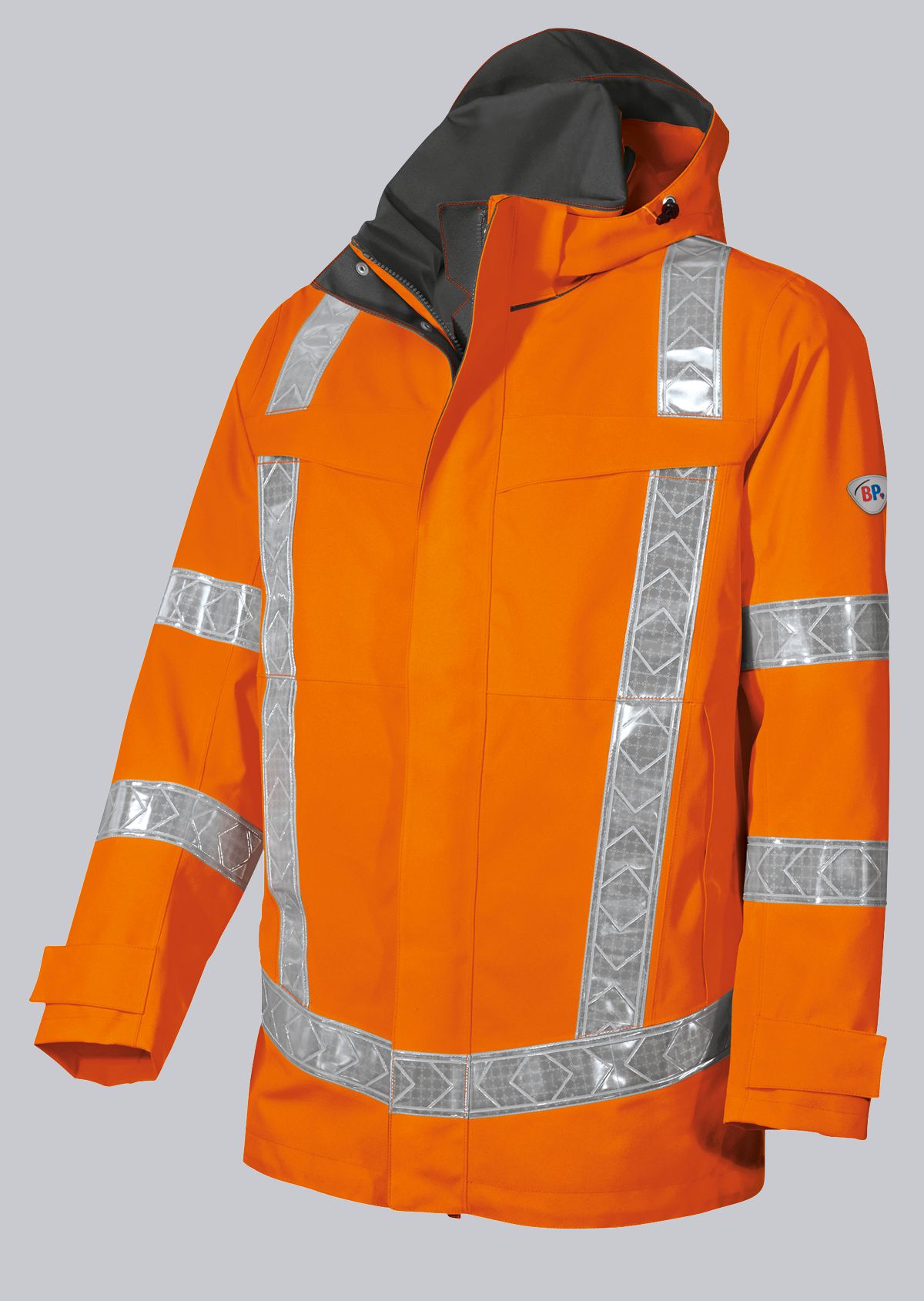
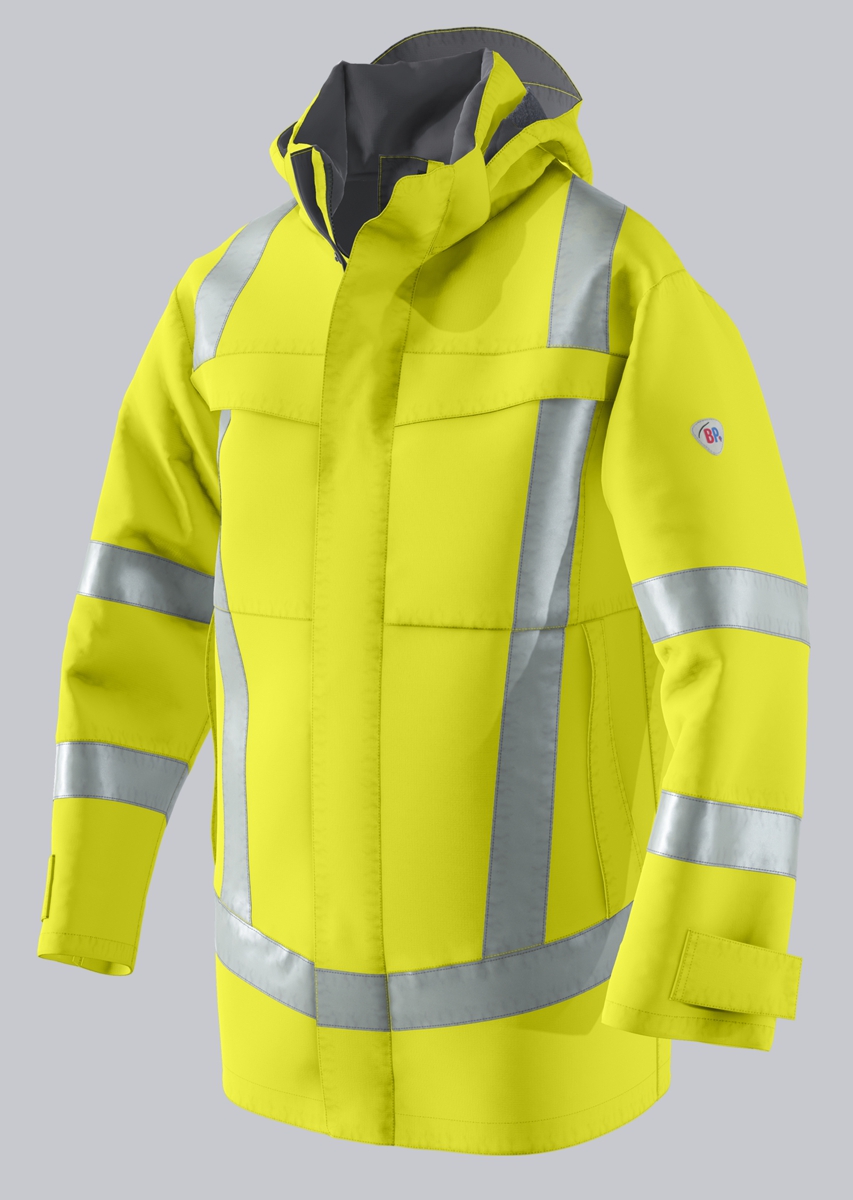
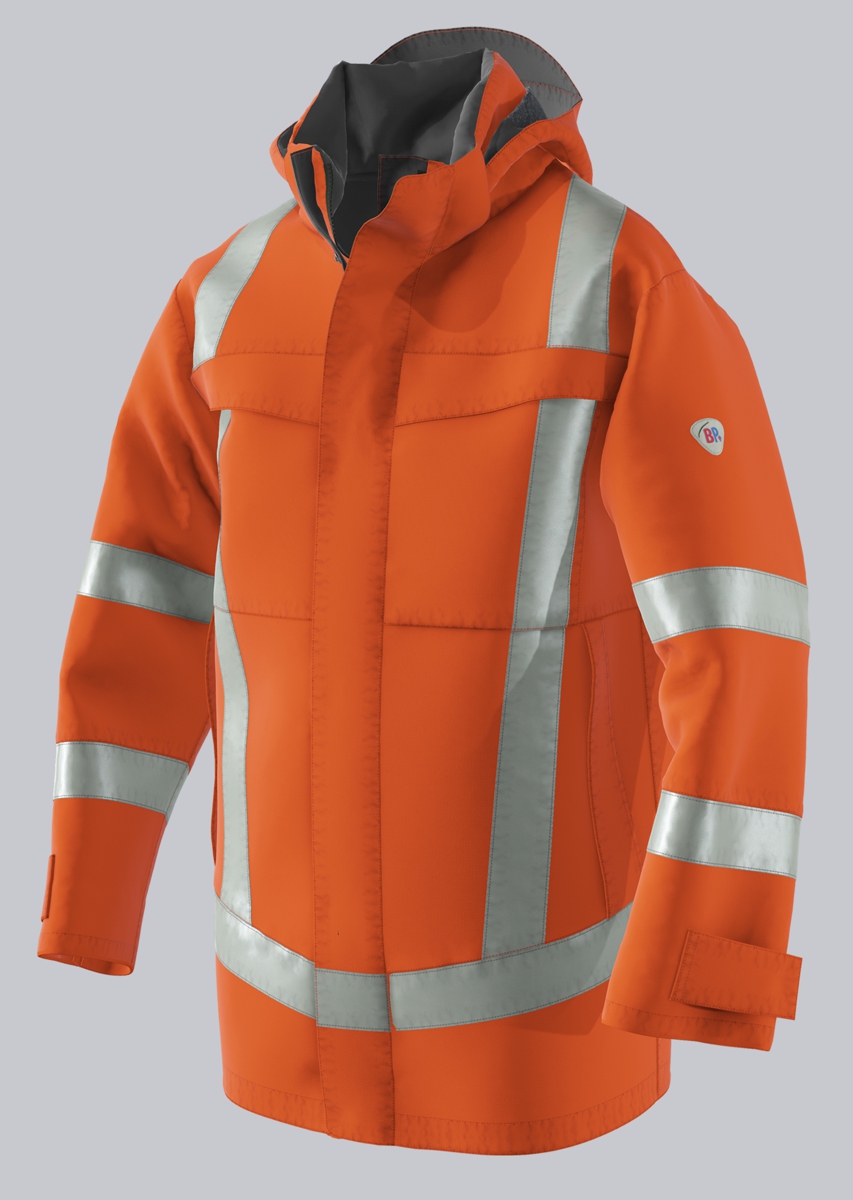
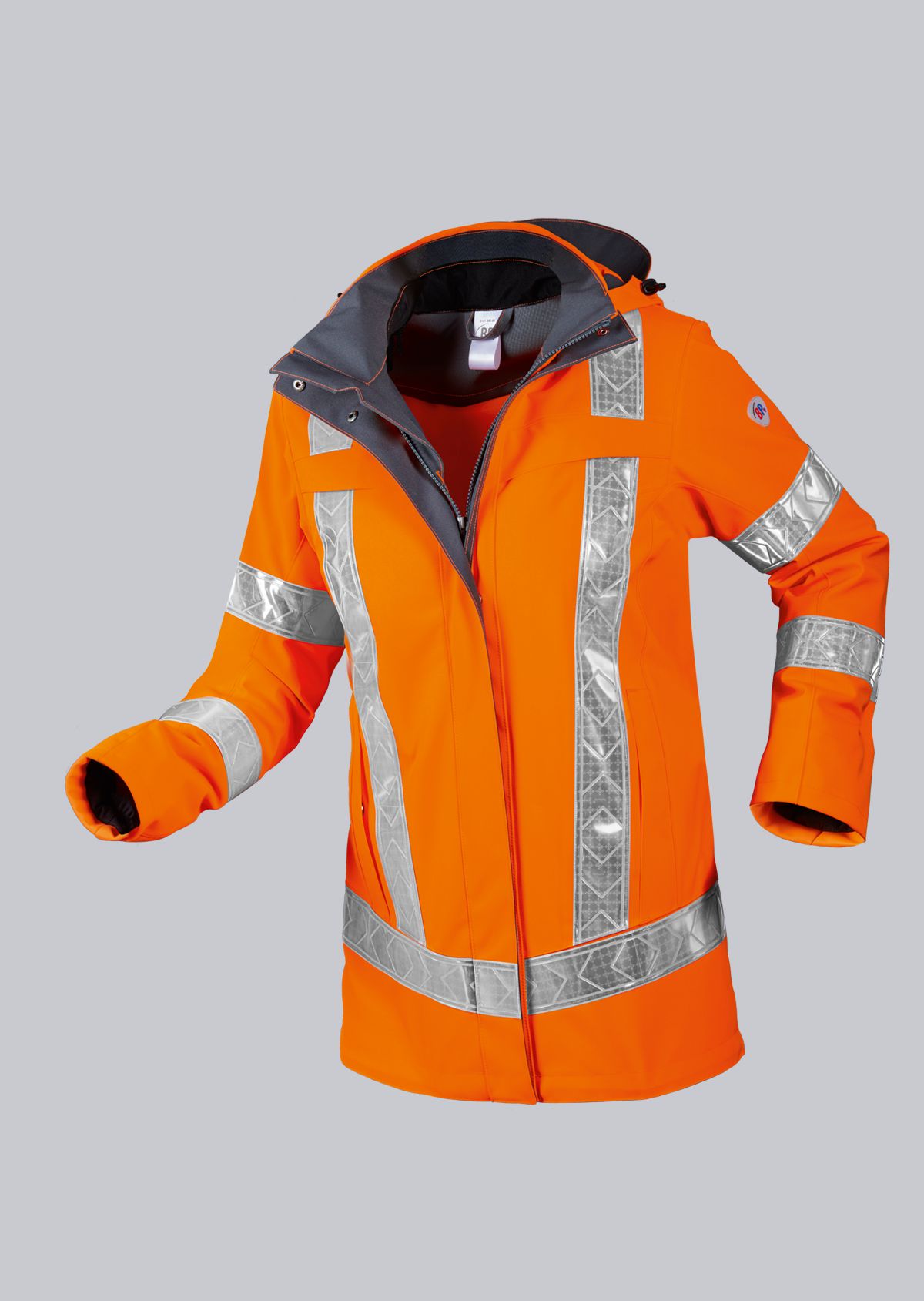

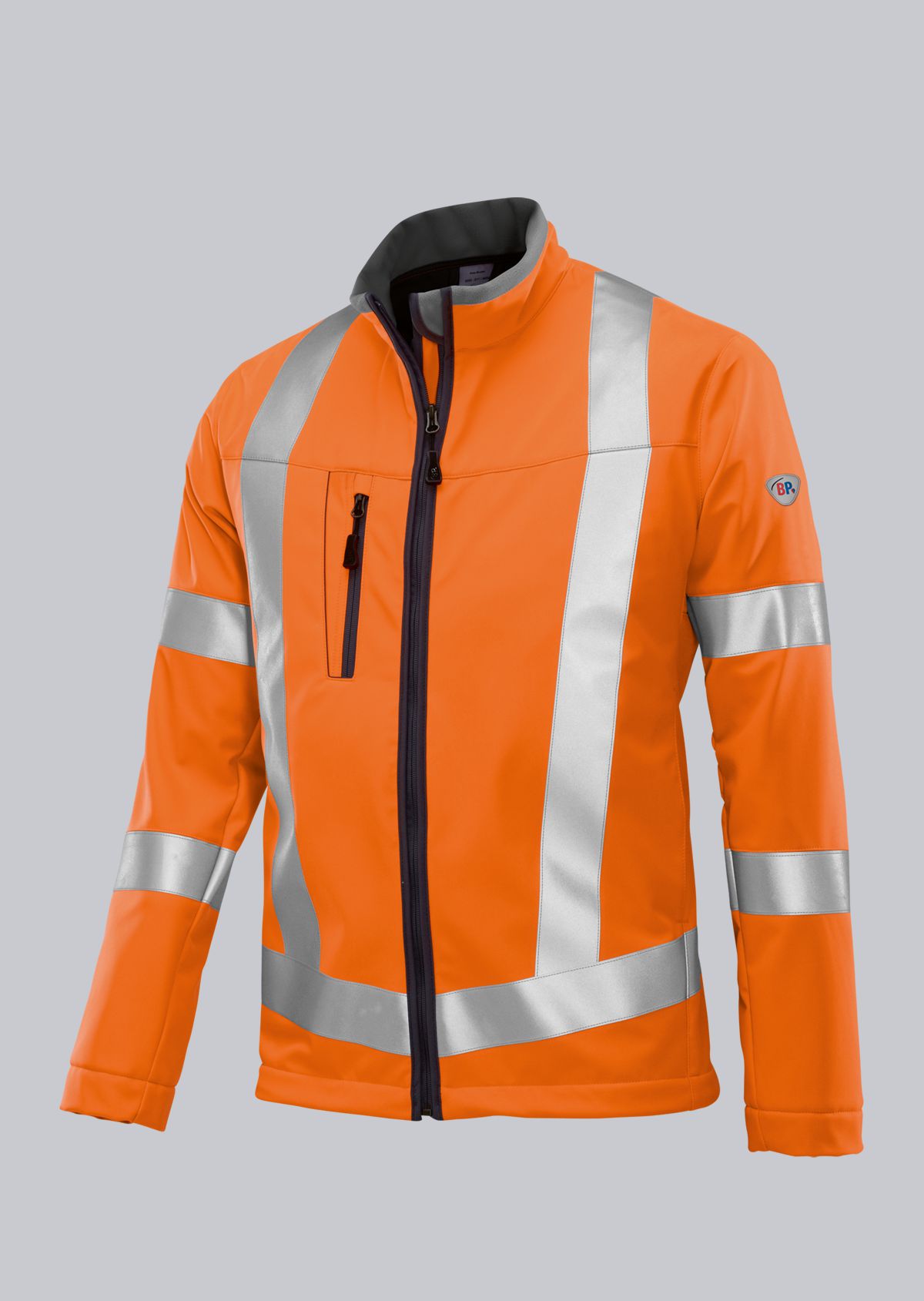
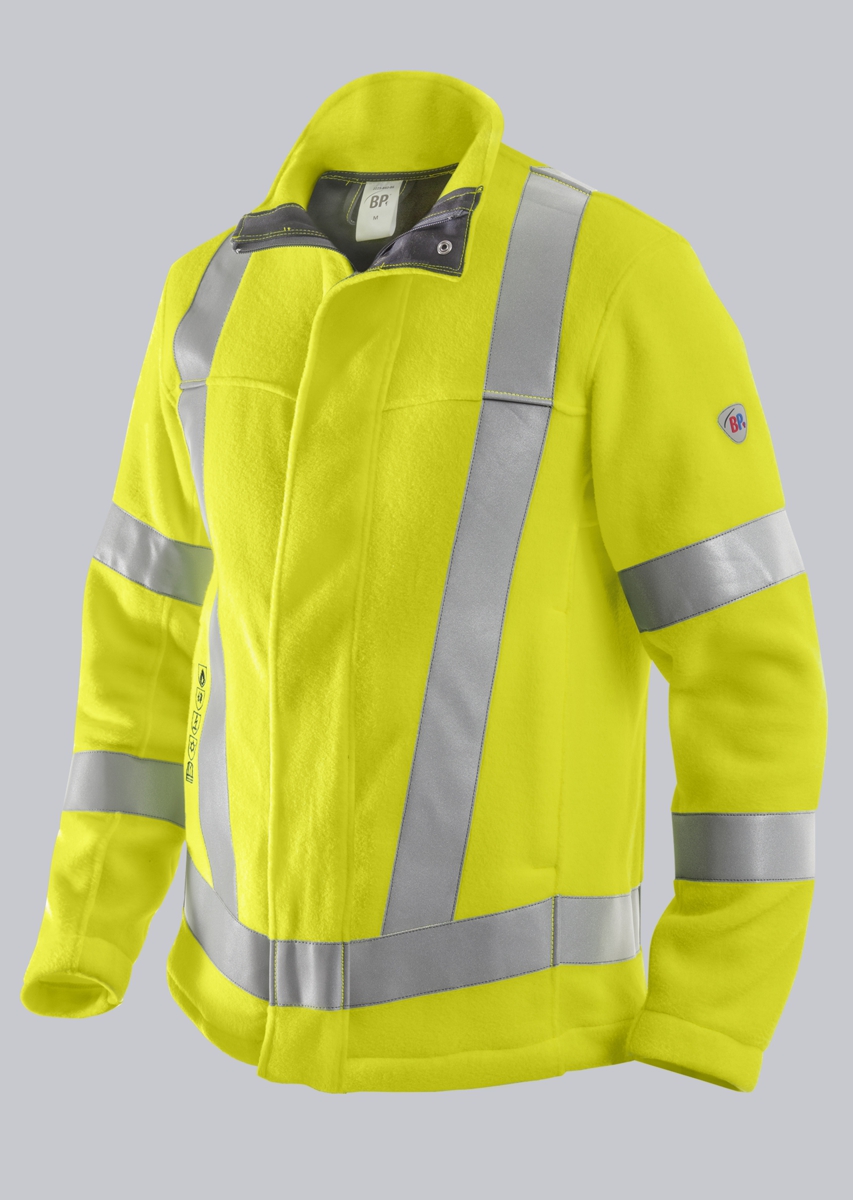
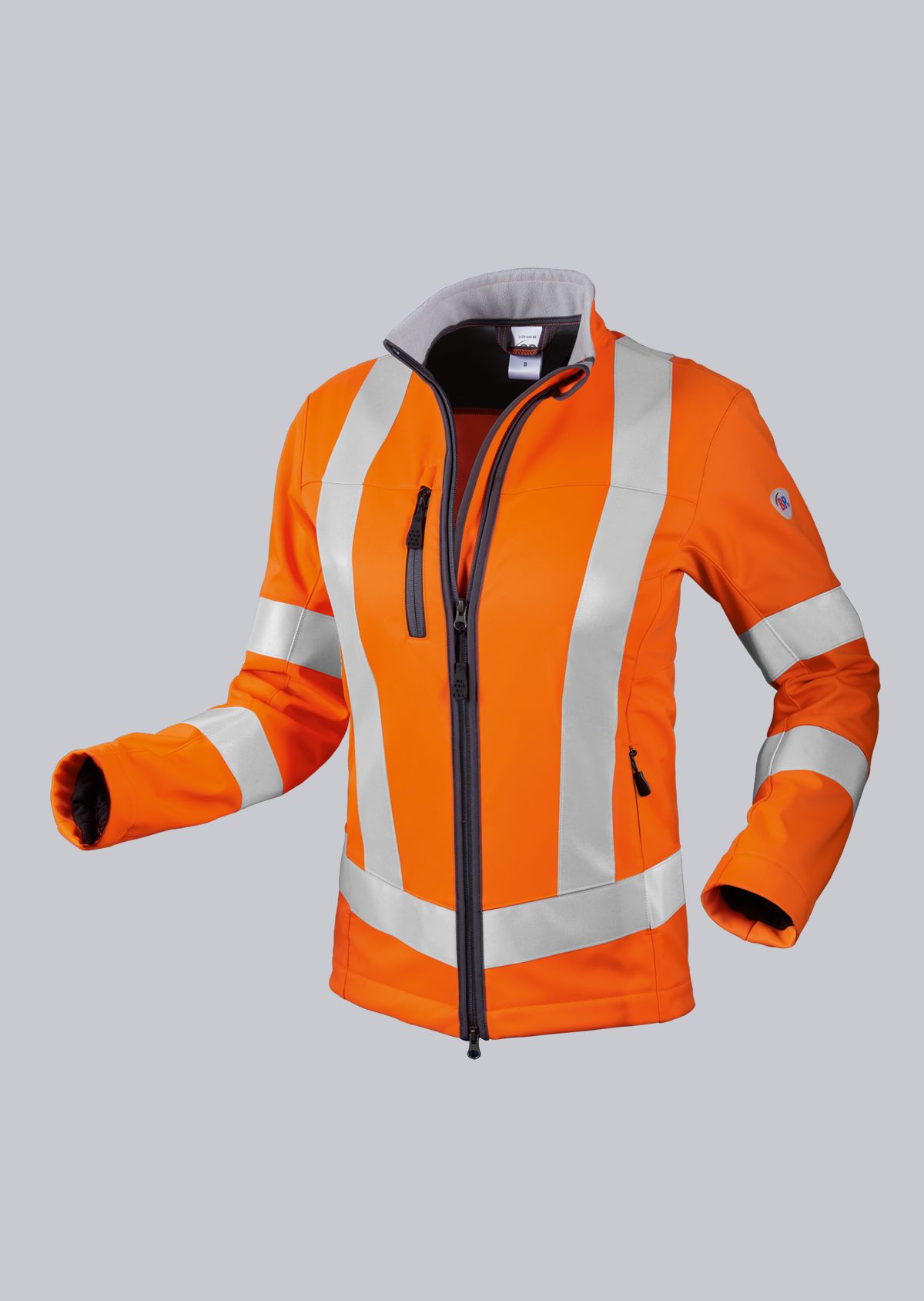
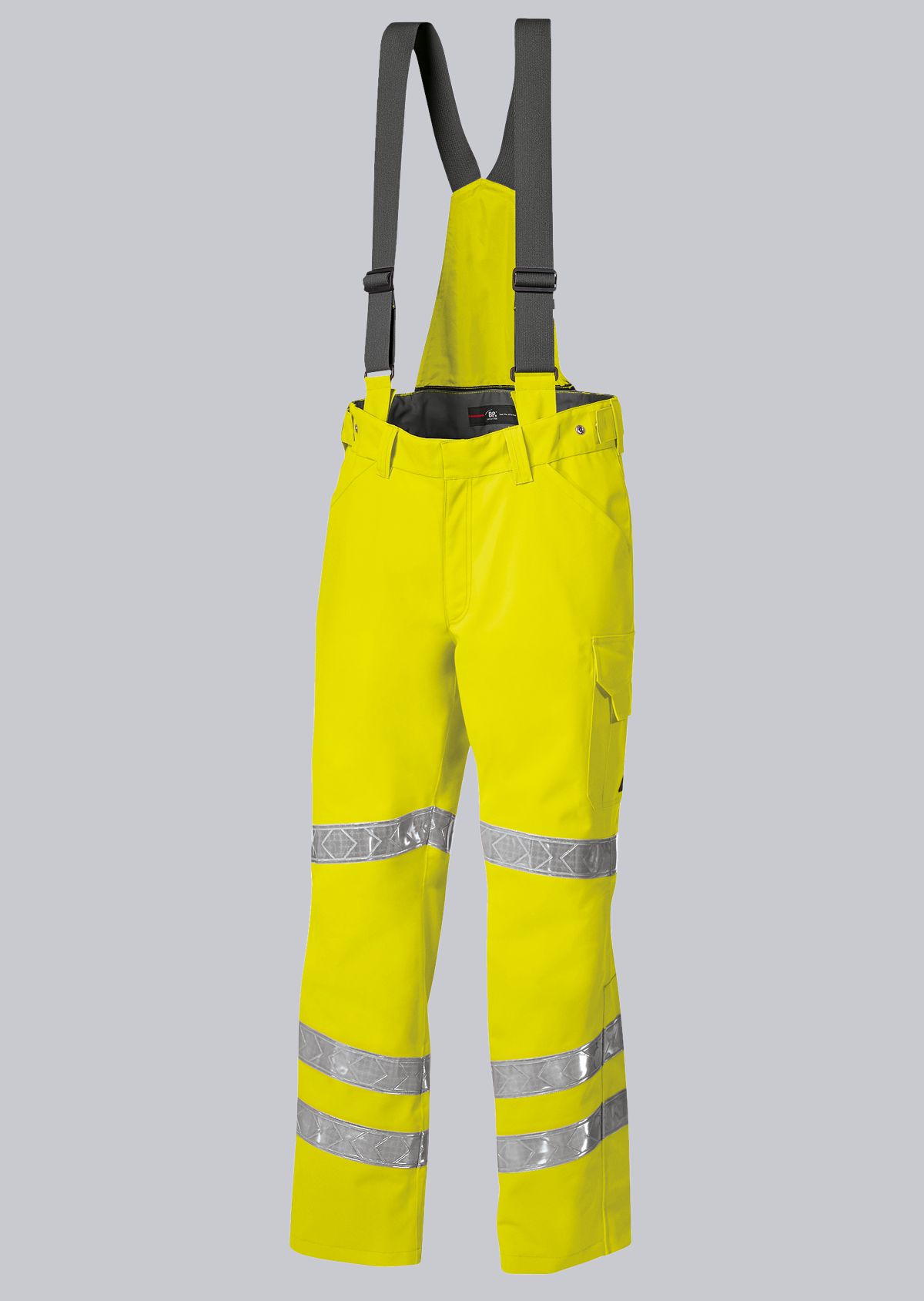
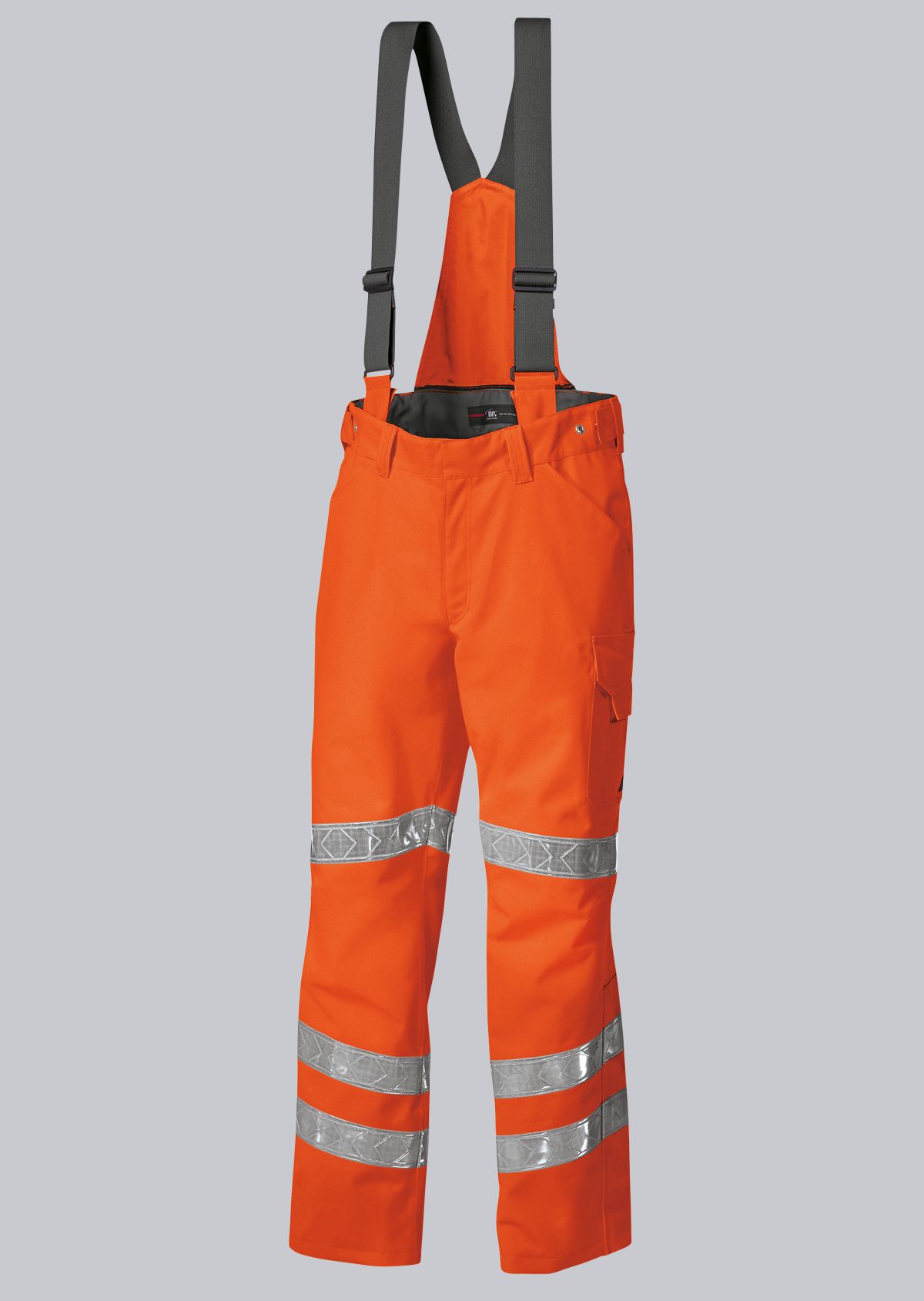
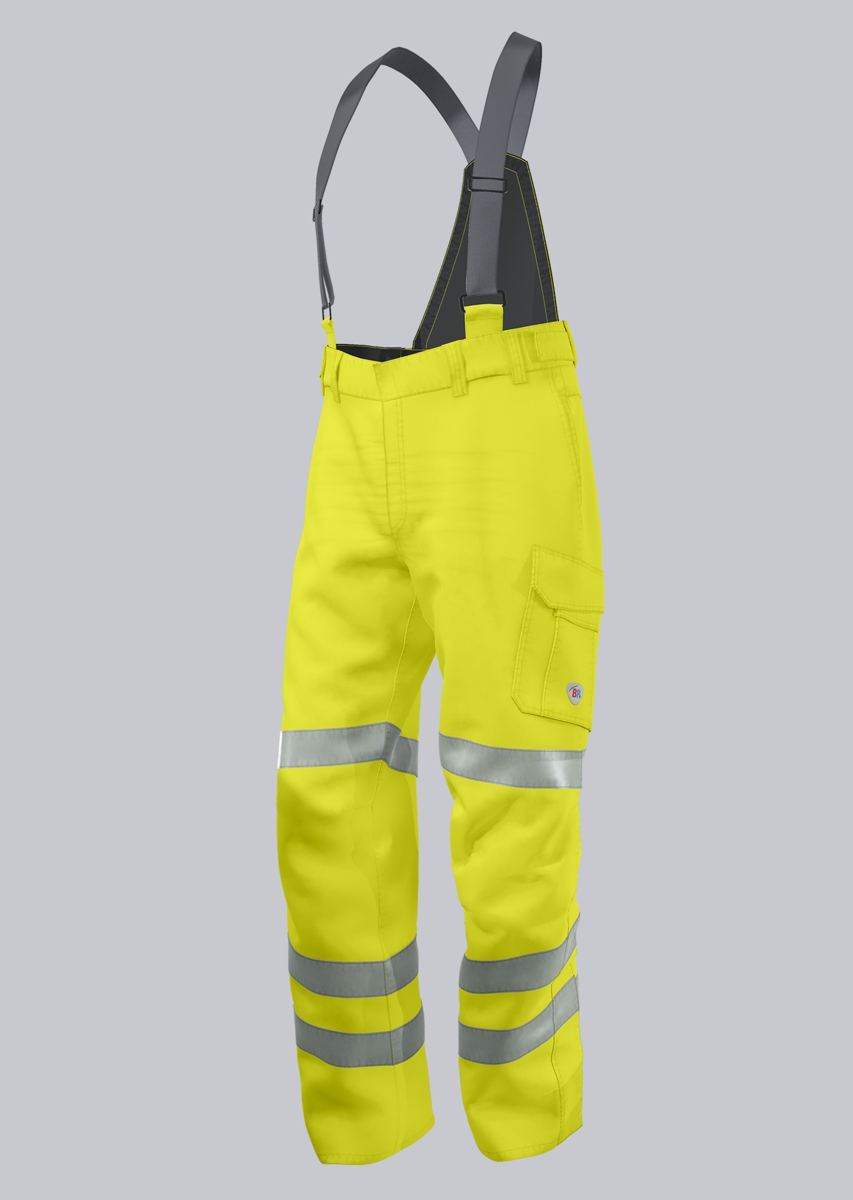
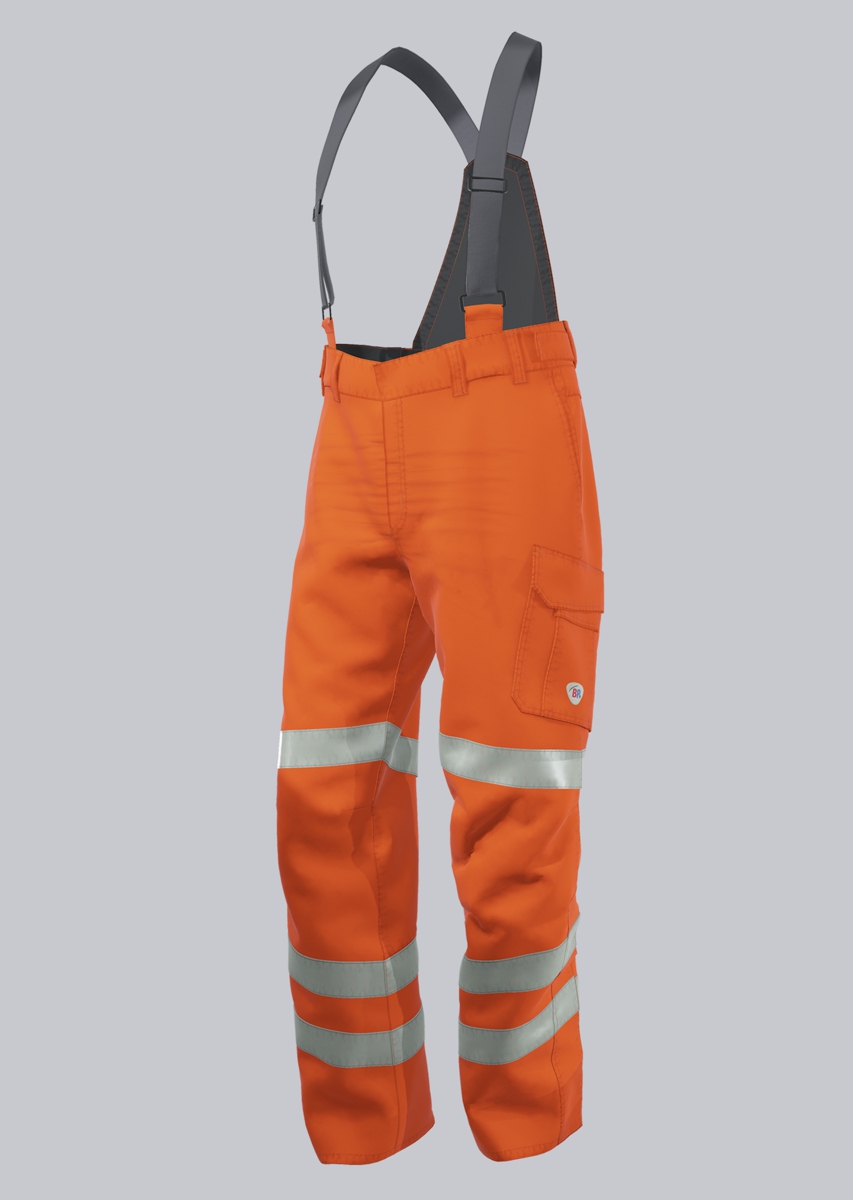
.jpg)
.jpg)
.jpg)
.jpg)
